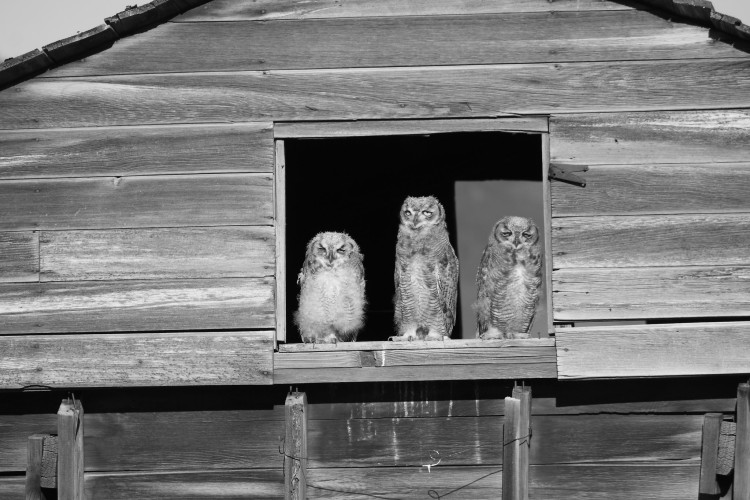Bird Term: Asynchronous Hatching
A Bird Nesting Strategy: What Is Asynchronous Hatching in Birds?
In many bird species, all the eggs in a nest hatch around the same time. But in others, chicks emerge over a period of several days. This is called asynchronous hatching. It happens when a parent bird starts incubating the eggs right after the first one is laid, instead of waiting until the full clutch is complete. As a result, the first egg gets a head start in development, and each following egg is a little bit behind.
This hatching pattern is common in birds of prey, waterbirds like cormorants and Anhingas, as well as some herons, songbirds, and others.
One main reason for asynchronous hatching is to deal with uncertain food supplies. When food is plentiful, all chicks may survive, even the youngest and smallest. But if food becomes scarce, the oldest chick—being stronger and more developed—has the best chance of survival. In harsh times, the younger chicks may not make it. While this sounds harsh, it’s a natural strategy that increases the odds of at least one chick surviving in poor conditions.
In nests where asynchronous hatching occurs, one can often see clear size differences between the chicks. The older chicks often dominate when it comes to feeding time, especially when the parents bring limited food. The younger siblings sometimes get enough to survive, but in tough seasons, they may be out-competed and end up not receiving enough food to survive. This natural pecking order reduces the parents' burden and aligns survival with food availability.

Blue-footed Booby chicks, who hatched asynchronously, by Dan [CC BY-SA 2.0]
Some scientists believe asynchronous hatching can also help reduce sibling rivalry in the long term. The oldest chick is so far ahead in development that the others don’t compete on equal terms, so instead of all fighting each other constantly, a clear hierarchy is formed. This can mean less energy spent on aggressive interactions in the nest.
Another theory is that parents use this method as a kind of insurance policy. If something happens to the older chick—like illness or predation—the younger survivors may still survive as "backup" offspring. While they have lower chances of survival, they still offer potential for the parents to pass on their genes if conditions shift.
Some birds, like the Macaroni Penguin, have a different take on asynchronous hatching. The first laid egg is typically around only 60% of the size of the second of two eggs. The first egg is unlikely to survive in these nests, and some mother birds have been observed removing the first egg from the nest upon successfully laying the second, larger egg.
Other birds, like the Loggerhead Shrike, will start incubating the clutch when the second-to-last egg is laid, resulting in a lopsided asynchronous hatching situation for the final chick.
This nesting strategy isn’t without risks. If the gap between hatching times is too large, the youngest chicks may be too far behind to survive, even in good conditions.
Asynchronous hatching is a fascinating survival strategy in the bird world. It reflects the incredible adaptability of birds in the face of environmental challenges. By staggering hatch times by simply adjusting the start of incubation, parent birds improve the chances that at least one chick will thrive, even if conditions change quickly.

Great Horned Owl chicks by Kameron Perensovich [CC BY-SA 2.0]





Comments
Be the first to comment
Thank you!